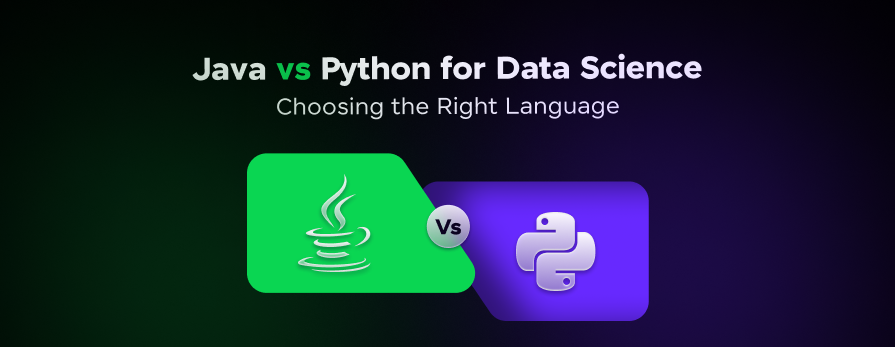
Java vs. Python for Data Science: Choosing the Right Language
Sep 21, 2024 6 Min Read 2124 Views
(Last Updated)
Data science is one of the fastest-growing technology fields, with a rising demand for skilled professionals who can use big data to drive innovation and decision-making. Key to this is the ability to process, analyze, and extract insights from large datasets.
Python and Java are two popular programming languages for data science, each offering distinct advantages. In this comparison, we’ll explore the pros and cons of Python and Java to help you choose the best language for your needs.
| Features | Java | Python | Preferred Language for Data Science |
| Ease of Learning and Use | More verbose and complex, less accessible to beginners. | Simple syntax, easy to learn, especially for novices. | Python |
| Performance and Speed | Faster execution, better for large-scale and complex tasks due to compilation and JVM optimization. | Generally slower but can be optimized with libraries. | Java |
| Data Science Libraries and Ecosystem | Limited, less extensive with fewer specialized tools. | Extensive libraries like NumPy, Pandas, and TensorFlow, with a strong ecosystem for data science. | Python |
| Big Data Processing | Strong support with tools like Hadoop and Apache Spark, good performance at scale. | Improved with PySpark and Dask but still lags behind Java in native big data support. | Java |
| Machine Learning and AI | Significant advancements but less breadth of libraries compared to Python. | Dominates the field with extensive libraries and ease of experimentation. | Python |
| Data Visualization | Libraries like JavaFX and JFreeChart, requiring more code and setup. | Rich set of libraries including Matplotlib, Seaborn, and Plotly, offering easy and diverse visualization options. | Python |
| Web Integration and Deployment | Strong in enterprise environments with frameworks like Spring and JavaServer Faces. | Quick development with frameworks like Flask and Django, but interpreted nature may affect scalability. | Both (Python for rapid development, Java for robustness) |
| Community and Support | Strong community but less focused on data science. | Large, vibrant community with abundant resources, particularly in data science. | Python |
| Career Opportunities | Valuable for big data roles and enterprise environments, especially in large-scale data processing. | High demand in AI, machine learning, and data science roles, also prevalent in academia and research. | Tie |
Table of contents
- Java vs. Python
- Java
- Python
- Ease of Learning and Use
- Python
- Java
- Winner: Python
- Performance and Speed
- Java
- Python
- Winner: Java
- Data Science Libraries and Ecosystem
- Python
- Java
- Winner: Python
- Big Data Processing
- Java
- Python
- Winner: Java
- Machine Learning and AI
- Python
- Java
- Winner: Python
- Data Visualization
- Python
- Java
- Winner: Python
- Web Integration and Deployment
- Java
- Python
- Winner: Both (Python and Java)
- Community and Support
- Python
- Java
- Winner: Python
- Career Opportunities
- Python
- Java
- Winner: Tie
- Choosing the Right Language
- Conclusion
- FAQs
- Which language is more popular for data science, Java or Python?
- How do Java and Python compare in terms of performance for data science tasks?
- What are the key libraries for data science available in Java and Python?
Java vs. Python
Let’s take a quick look at each language before getting into the details of how Java and Python stack up for data science tasks:
Java
- Object-oriented, robustly typed language
- Known for its “write once, run anywhere” philosophy
- Popular for enterprise applications and Android development
- Has a large ecosystem of libraries and frameworks
Python
- Dynamically typed, multi-paradigm language
- Emphasises code readability and simplicity
- Widely used in scientific computing, web development, and automation
- Known for its extensive collection of data science libraries
Now let’s examine how these languages stack up across various aspects of data science work.
1. Ease of Learning and Use
Python
Most people agree that Python is one of the simplest programming languages to learn, especially for novices. Its syntax is easily understood and is frequently referred to as “pseudocode-like.” This ease of use carries over to data science projects as well. Data scientists can concentrate on solving problems rather than tinkering with intricate linguistic constructions thanks to Python’s simple syntax.
Python’s dynamic typing eliminates the requirement for explicit variable type declarations, which can expedite experimentation and development. Additionally, the language’s easy learning curve makes it suitable for people switching from other disciplines to data science.
If you would like to explore Python through a Self-paced course, try GUVI’s Python course.
Java
Even if Java isn’t as accessible to beginners as Python, it’s still regarded as being very simple to learn in comparison to other best languages. Its more verbose syntax and heavily typed nature, however, might make it feel more difficult for beginners, particularly those without any user-friendly programming language experience.
In particular, Java’s verbosity can occasionally impede speedy data exploration and analysis when it comes to data science. Tasks that might require just a few lines in Python often need more boilerplate code in Java.
If you want to explore Java through a self-paced course, try GUVI’s Java programming course.
Winner: Python
Python has a distinct edge in terms of ease of learning and use, particularly for data science jobs, due to its simplicity and readability.
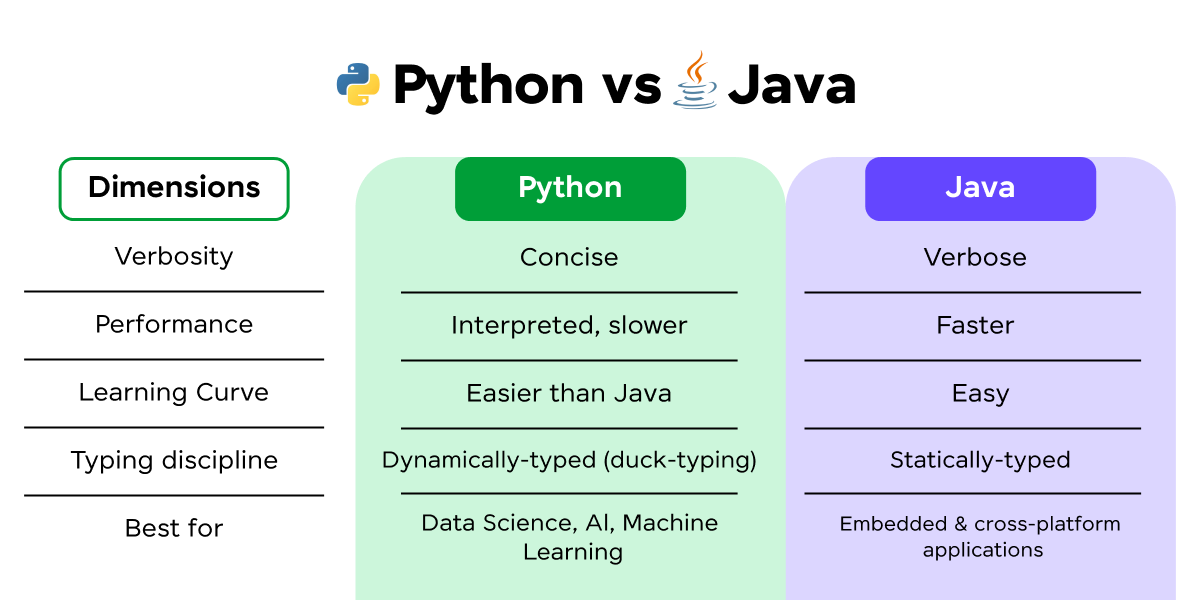
2. Performance and Speed
Java
Java’s performance is one of its best features. Java is substantially faster at executing code than interpreted languages like Python since it is compiled and executed on the Java Virtual Machine (JVM). This is especially true for jobs requiring a lot of processing.
Because of its robust type and precompiled code, Java may be optimized in a number of ways that can greatly improve performance. This can be especially helpful when putting complicated algorithms into practice or working with big datasets.
Python
Python, being an interpreted language, is generally slower than Java for computational tasks. However, many of Python’s popular data science libraries (like NumPy and Pandas) are implemented in C, which helps bridge the performance gap for many common operations.
For tasks that can be vectorized or that rely heavily on optimized libraries, Python’s performance can be competitive. However, for custom algorithms or operations that can’t leverage these optimized libraries, Python may struggle with large datasets.
Winner: Java
While Python can be optimized for many data science tasks, Java’s inherent performance advantages give it the edge in this category.
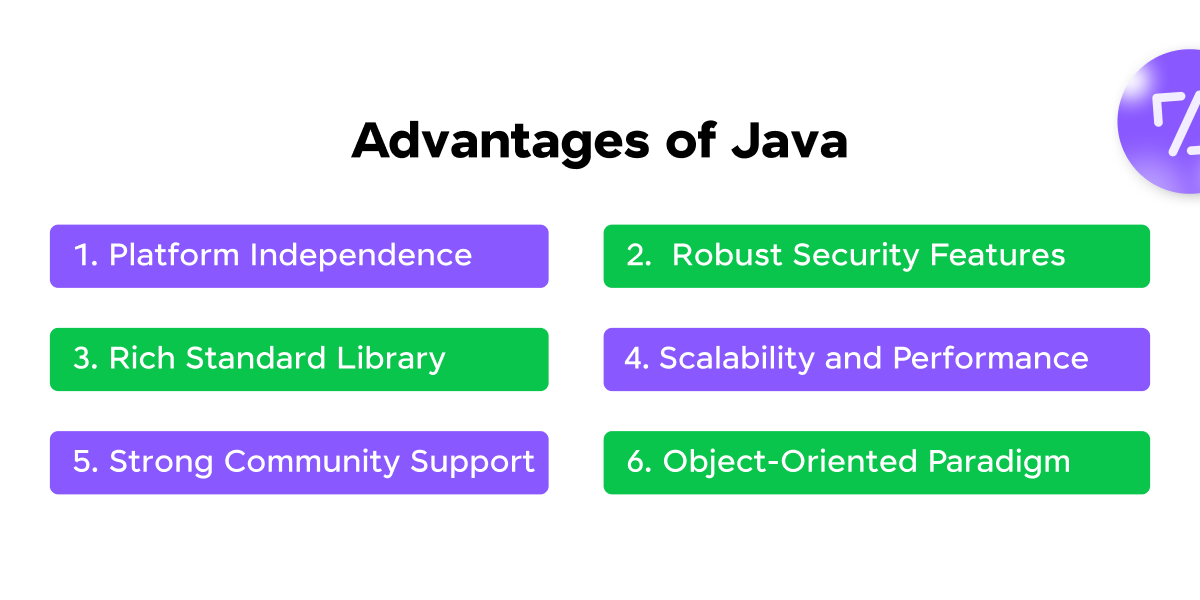
3. Data Science Libraries and Ecosystem
Python
In terms of its data science ecosystem, Python excels. It has a large library of libraries created especially for machine learning, analysis, and data manipulation. Some key libraries include:
- NumPy: Fundamental package for scientific computing
- Pandas: Data manipulation and analysis
- Scikit-learn: Machine learning algorithms
- Matplotlib and Seaborn: Data visualization
- PyTorch and TensorFlow: Deep learning frameworks
These libraries are extensively used, kept up to date, and frequently regarded as the best in their respective fields. Installing and managing these libraries is simple with pip, the package manager for Python.
Java
Although Java’s data science library ecosystem is expanding, it isn’t as strong or extensive as Python’s. Some notable Java libraries for data science include:
- Apache Spark: Big data processing
- Weka: Machine learning algorithms
- Deeplearning4j: Deep learning
- TableSaw: Data manipulation and analysis
- JFreeChart: Data visualization
Despite their strength, these libraries frequently lack the comprehensive documentation and user-friendliness of their Python counterparts. Furthermore, compared to the Python community, the Java community has been slower to adopt and build tools tailored to data science.
Winner: Python
Python has a major edge in this category thanks to its robust ecosystem of data science libraries and tools.
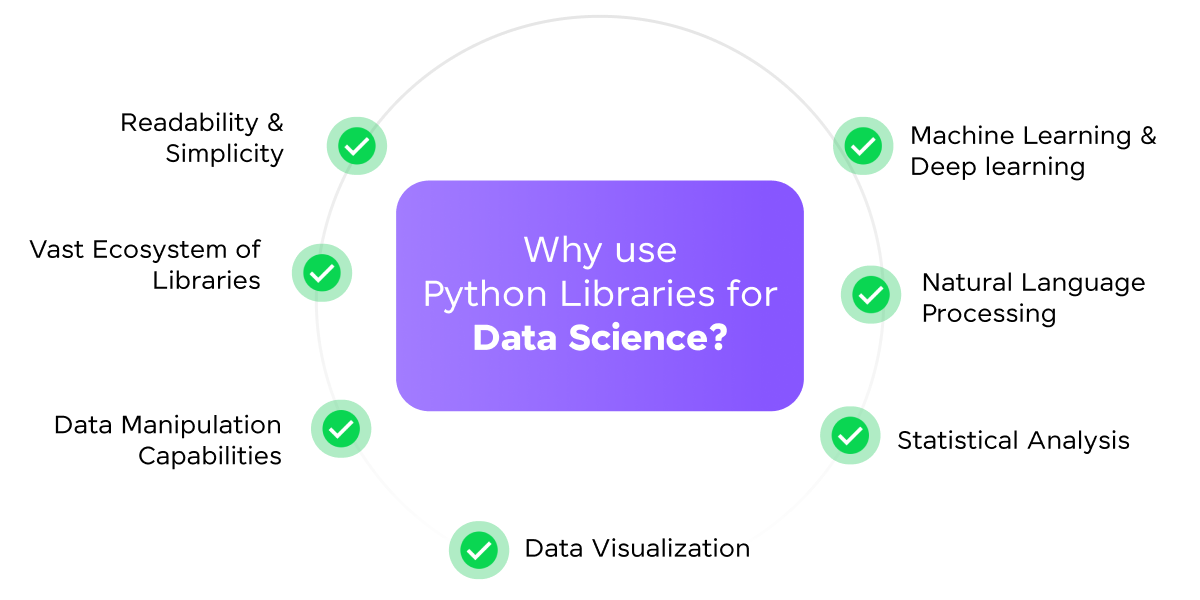
4. Big Data Processing
Java
Java is clearly superior when it comes to managing large amounts of data. Java is used to write many of the most widely used big data tools, including Hadoop and Apache Spark. This indicates that Java can take full advantage of these tools’ features and integrate with them seamlessly.
Java’s speed features also make it an excellent choice for processing massive amounts of data and distributed computing. Its strong typing can help catch errors early when working with complex data pipelines.
Python
With the release of PySpark, which enables Python-based user interaction with Spark, Python has advanced significantly in the large data processing space. For datasets bigger than memory, libraries like Dask additionally offer parallel computing capabilities.
However, when it comes to native support for big data technologies and performance at scale, Python still lags behind Java.
Winner: Java
Java has an advantage for big data processing jobs because of its deep integration with big data technologies and its superior performance at scale.
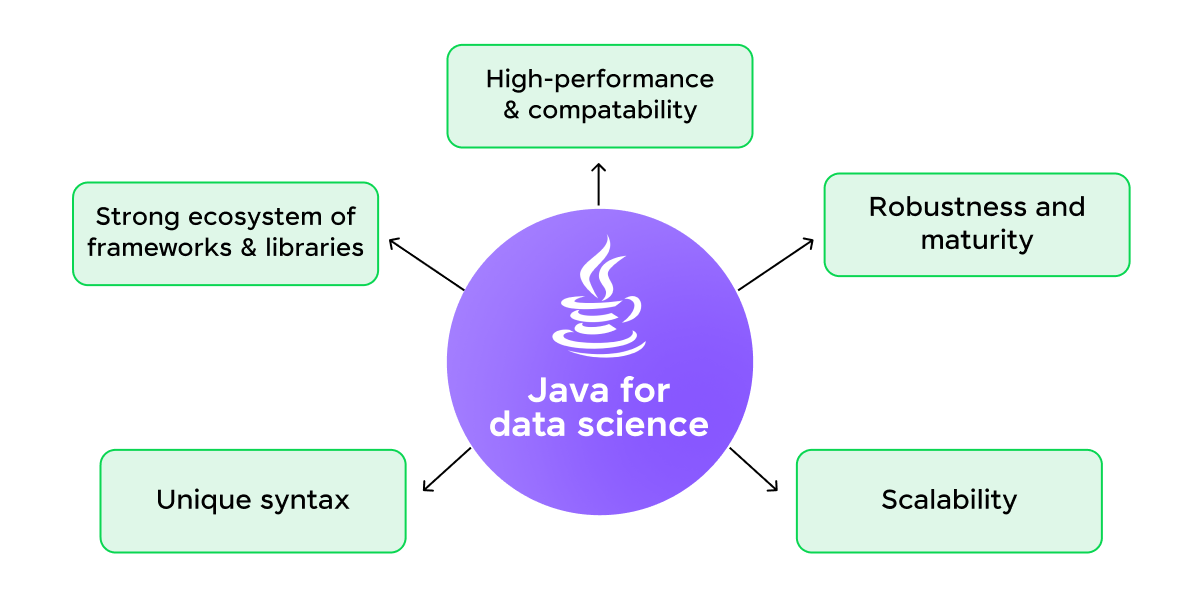
5. Machine Learning and AI
Python
The de facto language for developing AI and machine learning is now Python. Its vast library of machine learning tools, which includes scikit-learn, TensorFlow, and PyTorch, covers everything from fundamental algorithms to state-of-the-art deep learning models.
Python’s simplicity makes it possible to prototype and experiment quickly, which is essential for machine learning research and development. Python is used to test and release many of the most recent advances in AI.
Java
The ML and AI fields have seen significant advancements for Java thanks to libraries like Deeplearning4j and Weka, which offer strong capabilities. The performance of Java might be helpful for implementing ML models in real-world settings.
However, Java lacks the breadth of ML libraries and the rapid development capabilities that Python offers. It’s also less commonly used in academic and research settings for ML and AI.
Winner: Python
Python is the apparent victor in this area because of its ubiquity in the ML and AI environment and its simplicity of use for quick experimentation.
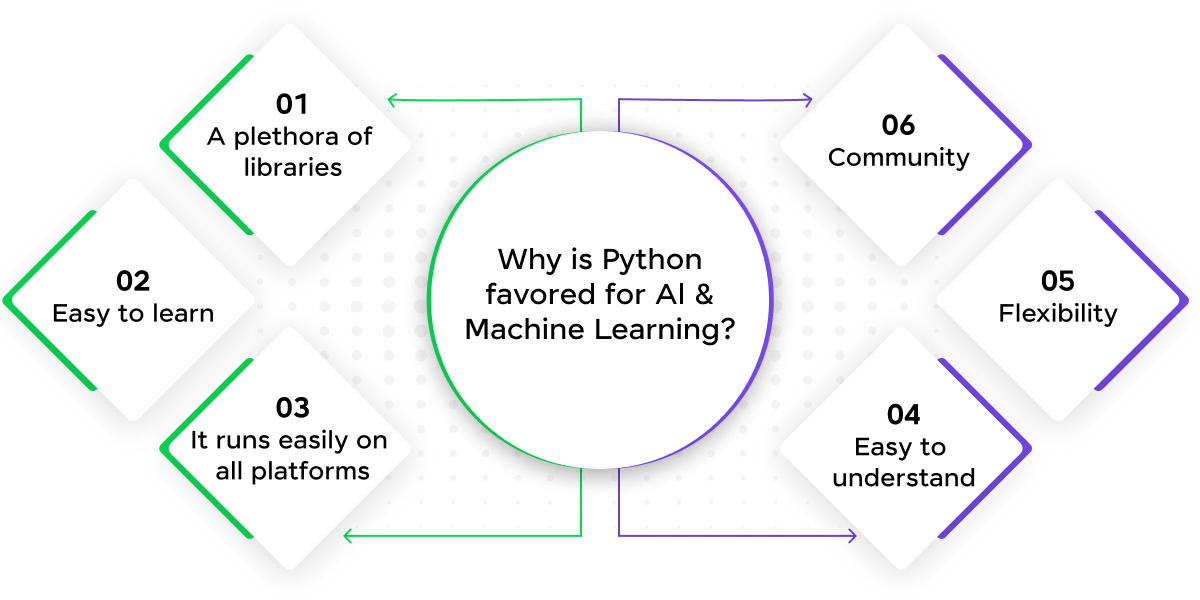
6. Data Visualization
Python
Python is a great language for data visualization because of packages like Plotly, Seaborn, and Matplotlib. From straightforward plots to intricate interactive visualizations, these libraries provide a vast array of chart formats and customization choices.
The seamless transition from data analysis to visual representation is made possible by the combination of these visualization packages with data manipulation tools such as Pandas.
Java
JavaFX and JFreeChart are two of the many data visualization libraries available for Java. While these can produce high-quality charts and graphs, they generally require more code and setup compared to Python alternatives.
Java’s visualization capabilities are more commonly used in desktop applications rather than in data exploration and analysis workflows.
Winner: Python
Python has an edge for data visualization jobs because of its wide range of user-friendly visualization modules and its close connection with data analysis tools.
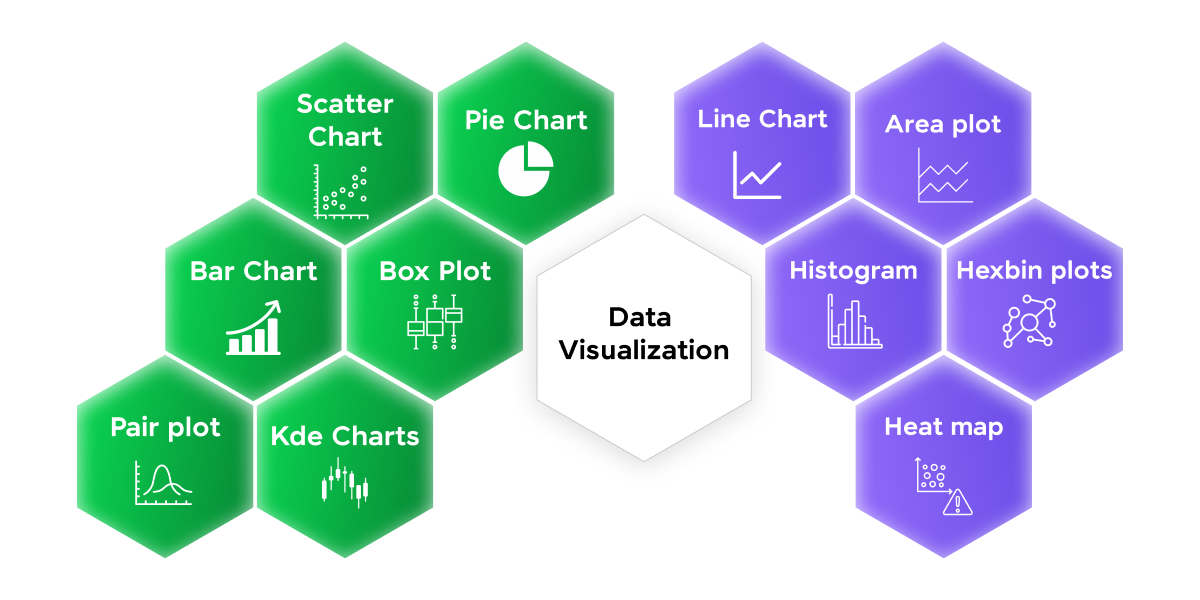
7. Web Integration and Deployment
Java
Java has been a mainstay in business settings for a considerable amount of time. JavaServer Faces and Spring are two strong online application frameworks. This facilitates the integration of analytics and data science models into current Java-based applications.
When operationalizing data science models, deployments can be made more robust and safe thanks to Java’s strong typing and compiled nature.
Python
Additionally, Python provides a number of web frameworks that may be used to create data-driven web applications, such as Flask and Django. Because these frameworks are frequently easier to use than their Java equivalents, web-based data science applications can be developed more quickly.
However, Python’s interpreted architecture can occasionally cause problems with scalability and deployment, particularly for applications with a lot of traffic.
Winner: Both (Python and Java)
Both languages have strong capabilities for web integration and deployment, with Java excelling in enterprise environments and Python offering faster development for smaller projects.
8. Community and Support
Python
There is a sizable and vibrant Python community, especially in the data science field. This translates to abundant resources, tutorials, and third-party packages. On sites like Stack Overflow, a lot of data science queries have prompt, in-depth responses.
People who are new to data science may find the Python community especially beneficial as they are known to be hospitable.
Java
Although there is a sizable community for Java as well, data science is not as much of its focus as enterprise development is. Support for data science jobs is available in Java, although it’s not as extensive or as focused as it is in Python.
Winner: Python
The Python community provides more specialized materials and support in the field of data science because of its increased concentration in this area.
9. Career Opportunities
Although they both focus on slightly different things, Python and Java both provide fantastic employment opportunities:
Python
Python is highly sought after for jobs in AI, machine learning, and data science. Python proficiency is a prerequisite listed in many job postings for ML engineers and data scientists. It’s also commonly used in academic and research settings.
Java
Java is more commonly required for big data engineer roles and in enterprises that have large-scale data processing needs. It’s also valuable for building production-grade machine learning systems, especially in large organizations.
Winner: Tie
Both languages offer strong career prospects, with Python more focused on data science and ML roles, and Java more prominent in big data and enterprise environments.
Kickstart your Data Science journey by enrolling in GUVI’s Data Science Course where you will master technologies like MongoDB, Tableau, PowerBI, Pandas, etc., and build interesting real-life projects.
Choosing the Right Language
After comparing Java and Python features across these key areas, it’s clear that both languages have their strengths in data science. The choice between them often depends on your specific needs and circumstances:
Choose Python if:
- You’re new to programming languages or data science
- You need to perform a lot of data exploration and visualization
- Your work focuses on machine learning and AI
- You value rapid prototyping and development
- You’re working in an academic or research setting
Choose Java if:
- You need to process very large datasets
- Performance is a critical factor in your projects
- You’re working in an enterprise environment with existing Java infrastructure
- You’re focused on building production-grade, scalable data systems
- Your work involves a lot of big data technologies like Hadoop and Spark
In many cases, the best approach might be to leverage both languages:
- Use Python for data exploration, analysis, and model development.
- Use Java to create scalable, reliable data processing systems and large-scale model deployments.
In the end, what matters most is how productive and comfortable you are with the language. Learning any (or both) of these two strong tools will offer up a world of potential in the fascinating field of data science.
Being flexible and eager to pick up new skills when required can help you as the data science field develops. The particular language is merely a vehicle to put these ideas into effect; regardless of whether you go with Python, Java, or both, concentrate on developing a solid foundation in data science principles and best practices.
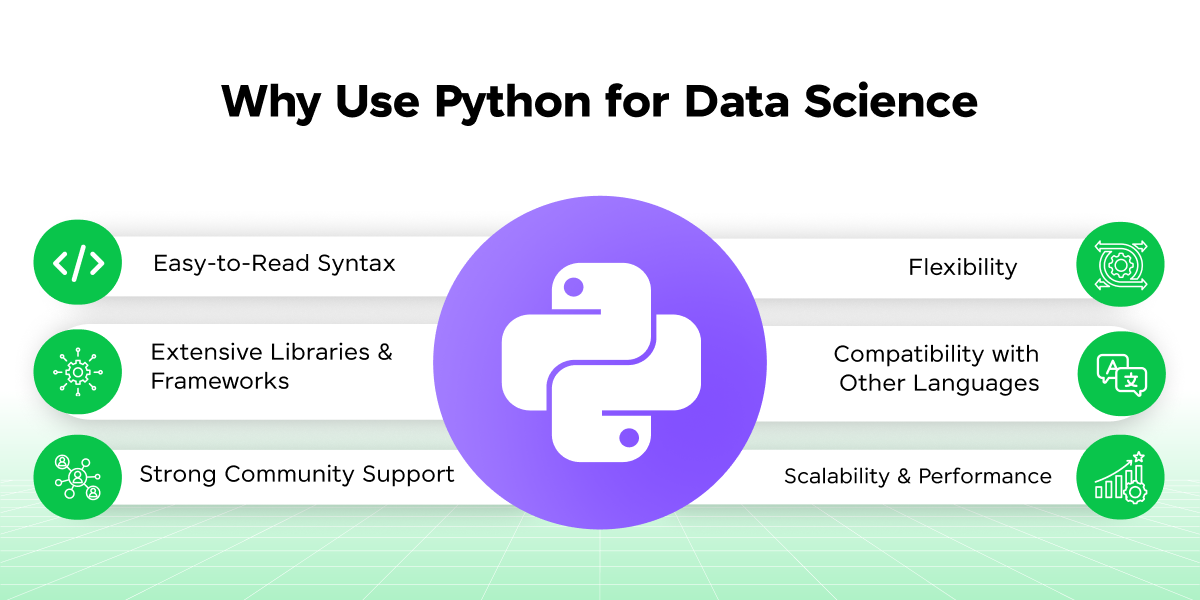
Conclusion
Both Java and Python offer valuable tools for data science, but the right choice depends on your specific needs and goals. Python excels in ease of use, extensive libraries, and rapid prototyping, making it ideal for data exploration and machine learning. Java, on the other hand, shines in performance, scalability, and integration with large-scale systems, which can be important for production-level applications.
If you’re just starting out in data science or focusing on quick experimentation, Python may be your go-to. However, if you’re working in a big data environment where performance and scalability are important, Java could be the better fit. Both languages have their strengths, and understanding your project requirements will guide you to the right decision.
FAQs
Which language is more popular for data science, Java or Python?
Python is increasingly often used in data science because of its ease of use and rich ecosystem of machine learning and data analysis-focused libraries, such as scikit-learn, NumPy, and Pandas. Because Java is a bit difficult and has fewer specialized libraries, it is not as widely utilized in this field.
How do Java and Python compare in terms of performance for data science tasks?
Large-scale data processing can benefit from Java’s superior speed and memory management capabilities, which are common features. Python, while slower, compensates with ease of use and a wide range of optimized libraries that handle performance-critical tasks efficiently.
What are the key libraries for data science available in Java and Python?
Python boasts an extensive collection of data science libraries, such as scikit-learn, Matplotlib, NumPy, and Pandas. Though they are not as comprehensive and user-friendly as Python’s libraries, Java has some noteworthy libraries for machine learning and deep learning, such as Weka for big data processing, Apache Spark for big data processing, and Deeplearning4j for deep learning.















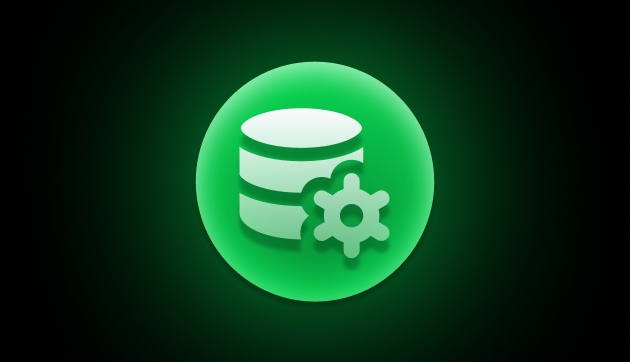
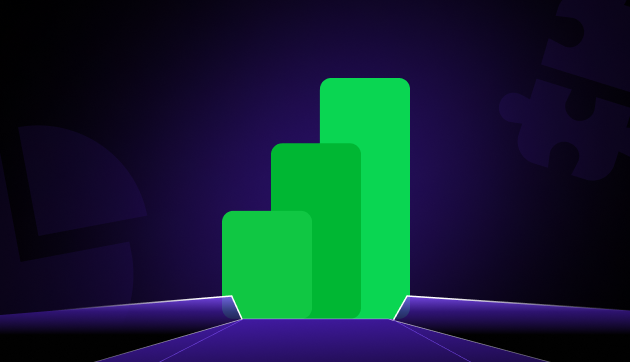
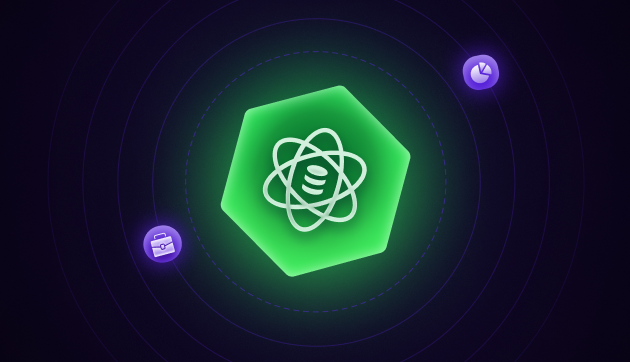
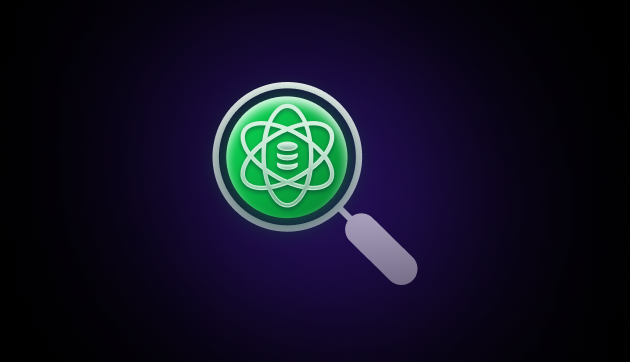

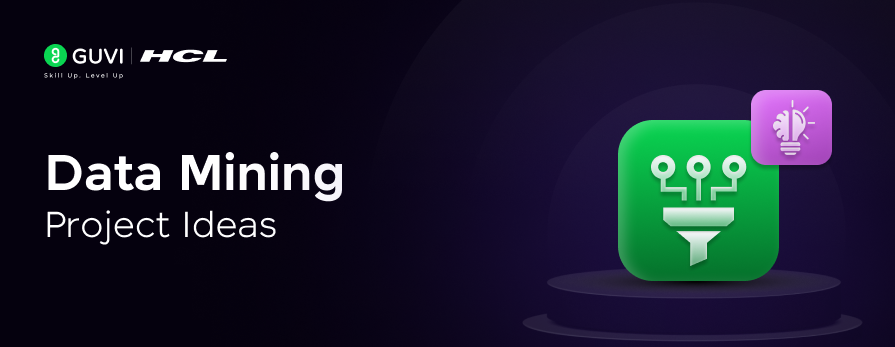
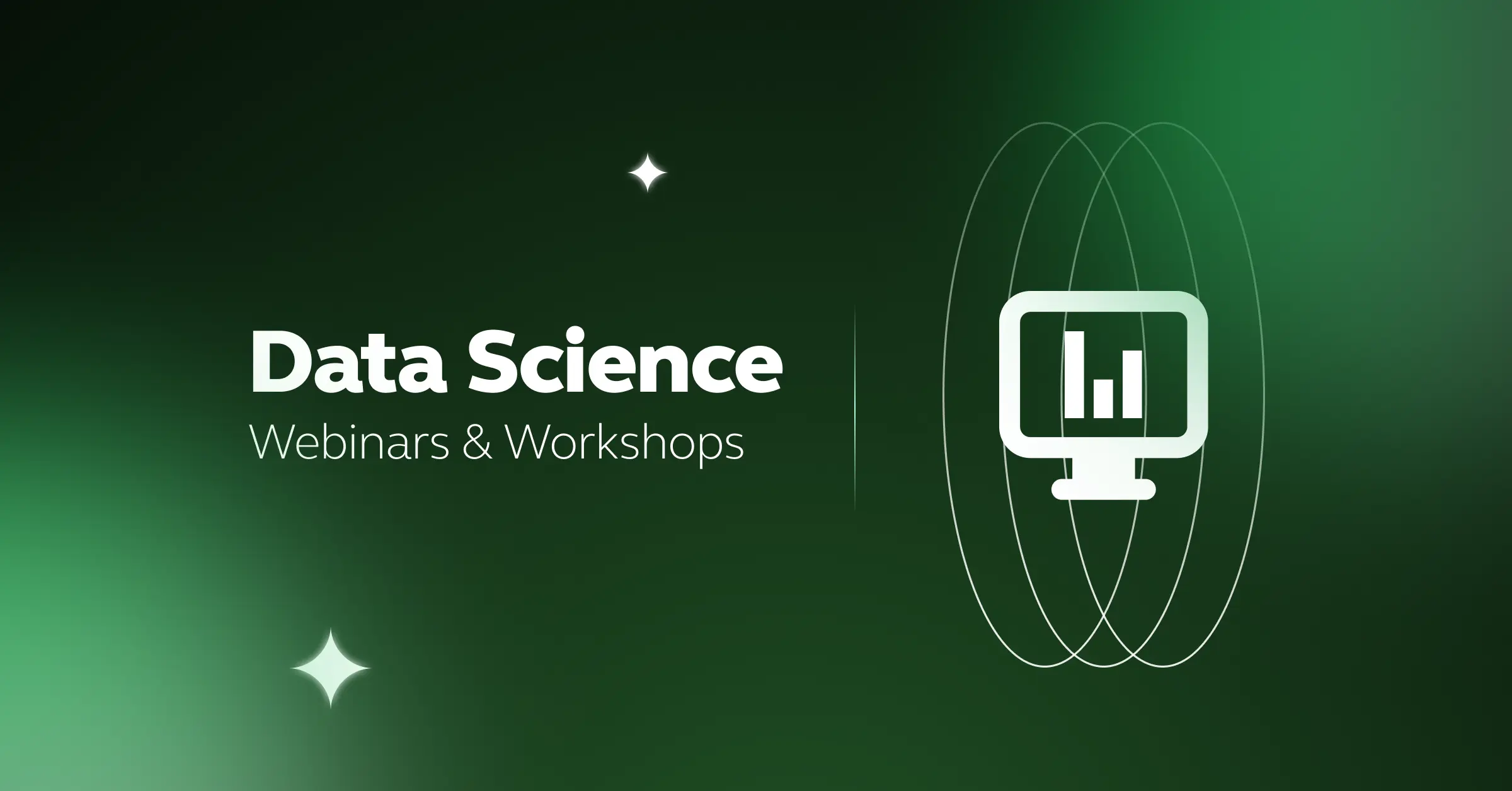
![Top 13 Tableau Projects [with Source Code] 12 tableau projects](https://www.guvi.in/blog/wp-content/uploads/2024/11/Tableau-Project-Ideas.png)

Did you enjoy this article?